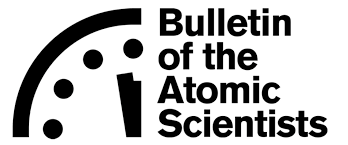 Securing a new US-Russian nuclear arms control arrangement that can supersede the current treaty has been an endeavor that has stood on shaky, fractured ground for years, with Russia’s renewed invasion of Ukraine earlier this year making the future for nuclear arms control and disarmament all the more uncertain. But there yet remains a sliver of opportunity for the two countries to agree to a new arms control framework that would help ensure that the possibility of an outbreak of nuclear war, whether intentional or inadvertent, is minimized.
Securing a new US-Russian nuclear arms control arrangement that can supersede the current treaty has been an endeavor that has stood on shaky, fractured ground for years, with Russia’s renewed invasion of Ukraine earlier this year making the future for nuclear arms control and disarmament all the more uncertain. But there yet remains a sliver of opportunity for the two countries to agree to a new arms control framework that would help ensure that the possibility of an outbreak of nuclear war, whether intentional or inadvertent, is minimized.
In early 2021, US President Joe Biden and Russian President Vladimir Putin agreed to extend the 2010 New Strategic Arms Reduction Treaty (New START), initially slated to expire that year, until February 2026 (Reif and Bugos 2021). Following the demise of the 1987 Intermediate-Range Nuclear Forces (INF) Treaty two years prior, New START had become the last treaty capping US and Russian nuclear arsenals (Bugos 2019a). Under the accord, each country’s strategic nuclear arsenal is limited to no more than 1,550 warheads deployed on 700 delivery vehicles.
Read the full op-ed, published Nov. 9, 2022, in Bulletin of the Atomic Scientists.
